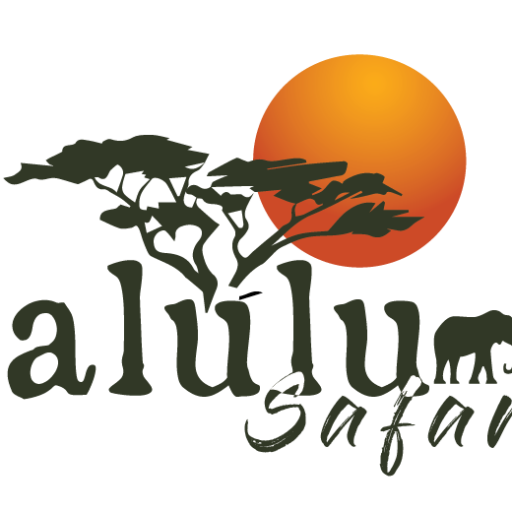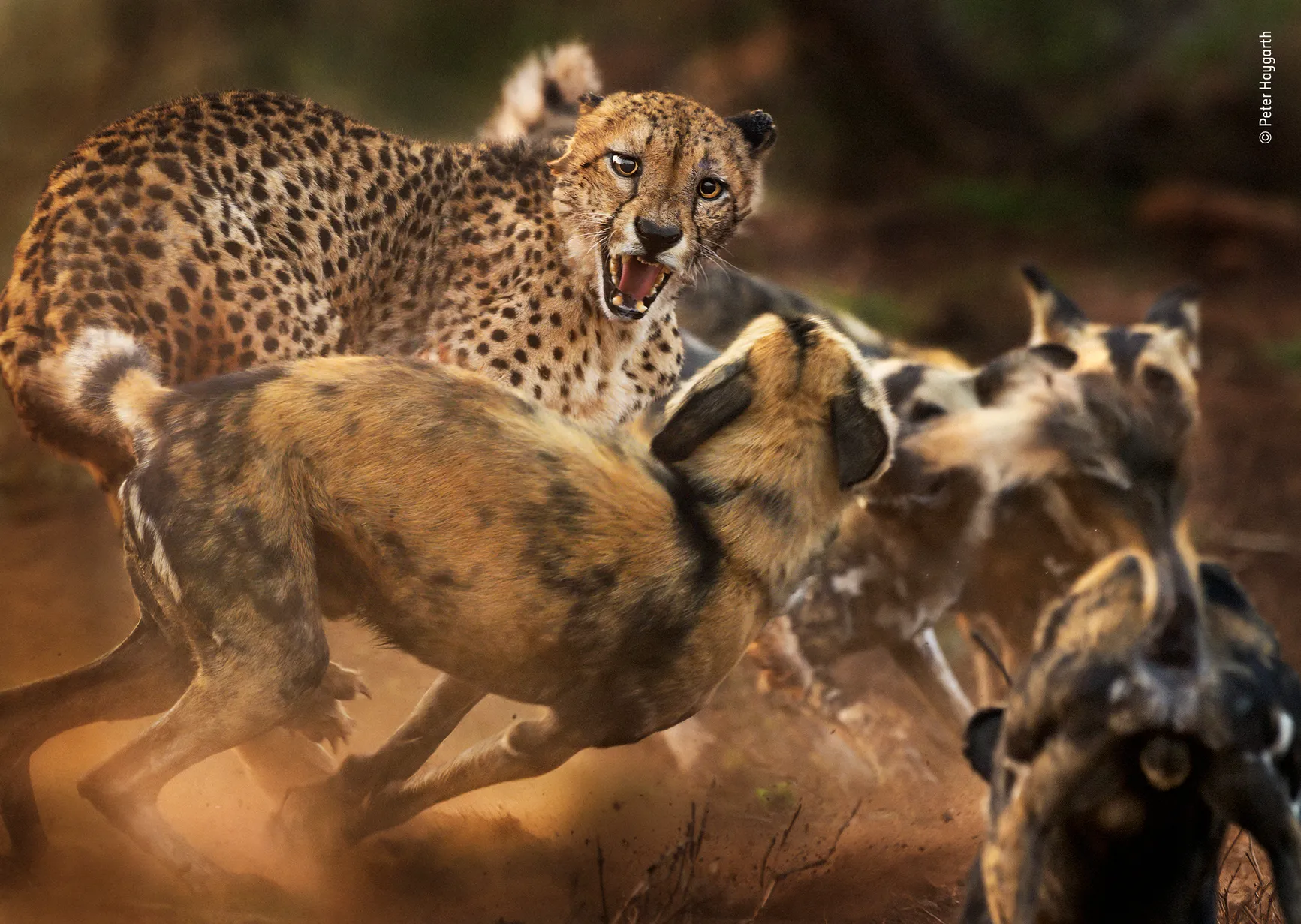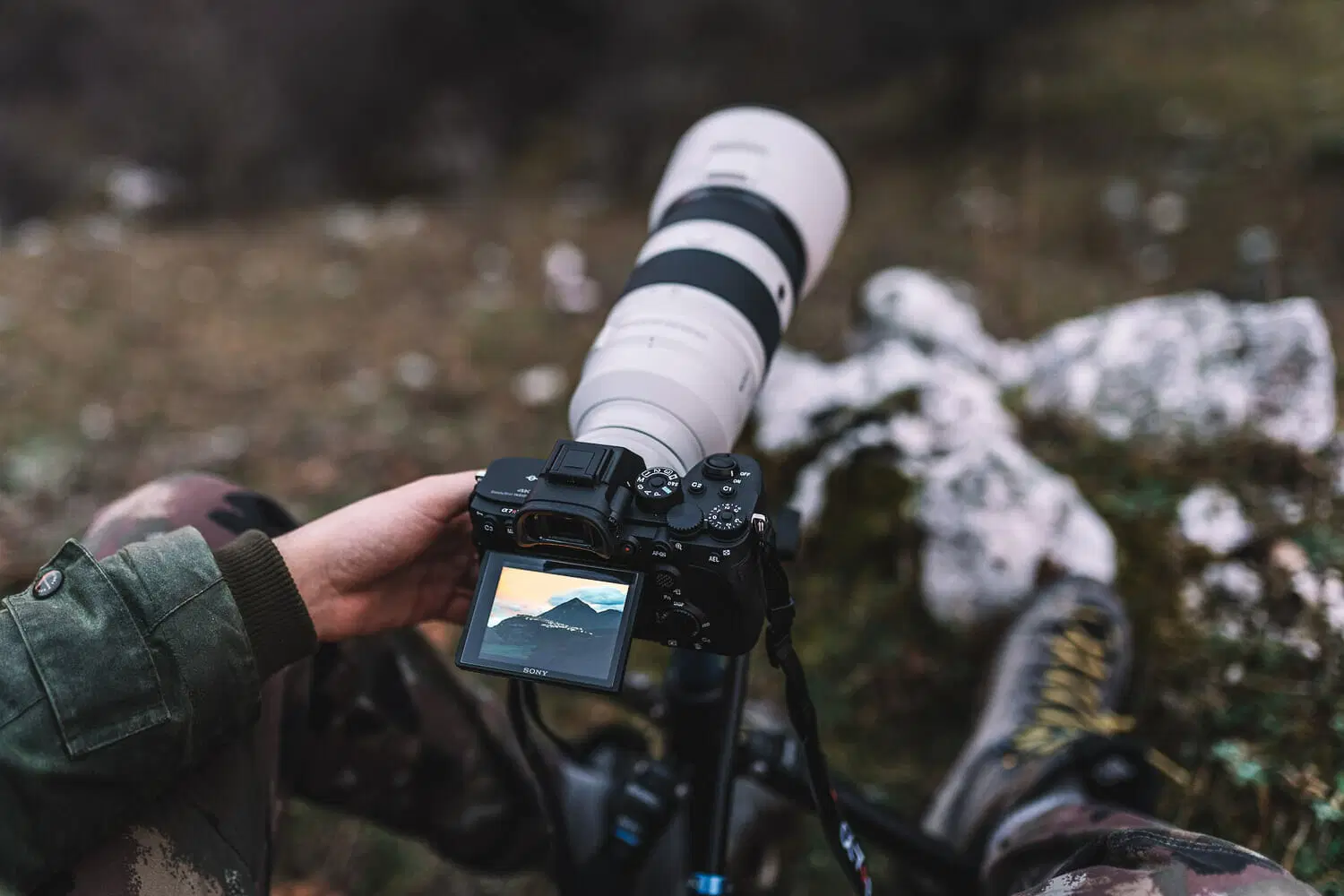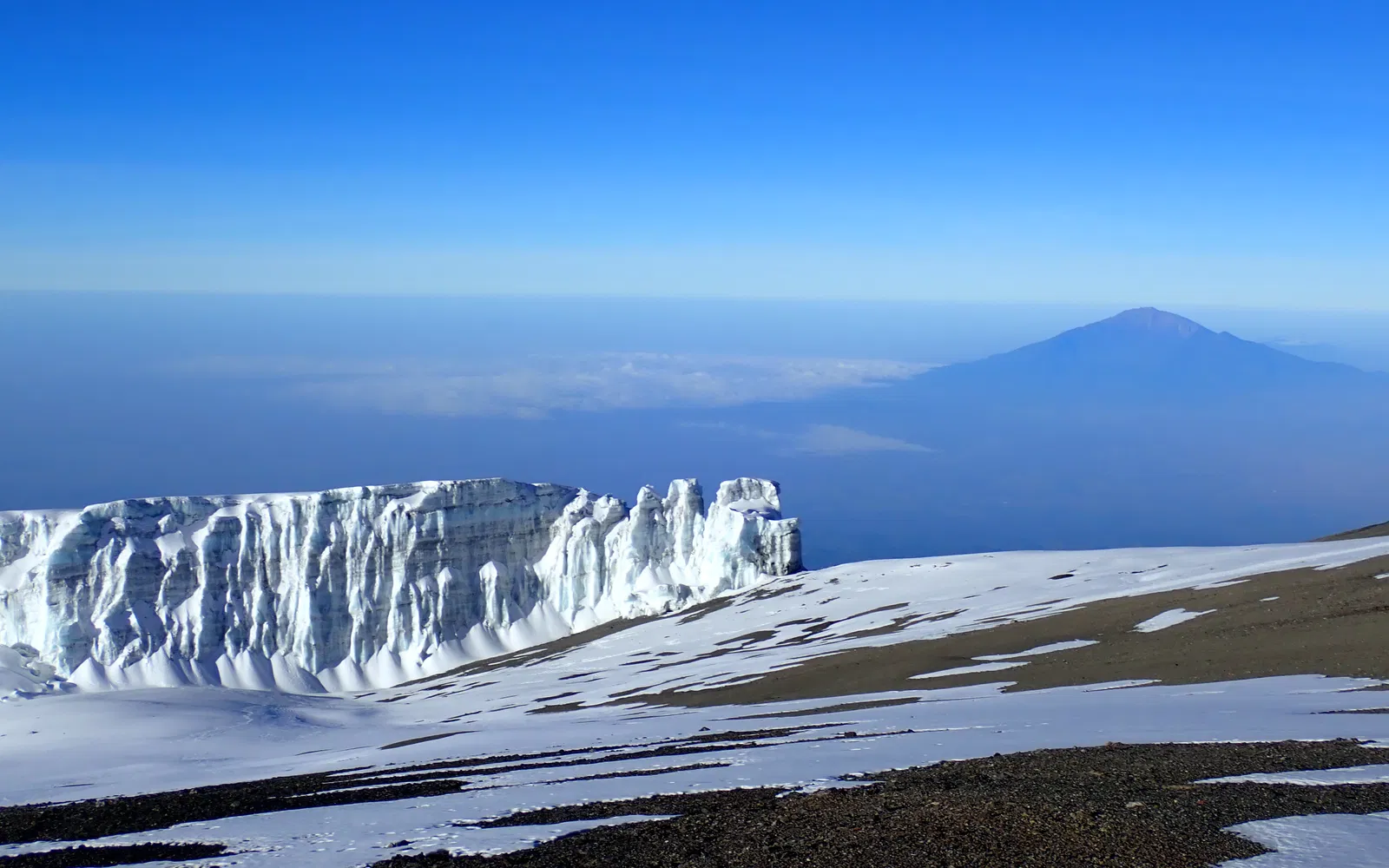The Great Migration: A Photographic Journey Through Tanzania’s Wildlife Wonders
Great Migration Photography
offers a unique chance to capture one of nature’s most incredible wonders. Over a million wildebeests, zebras, and gazelles migrate across the open plains of Serengeti in Tanzania, braving rivers and lion-filled savannas. This annual event is a dream for wildlife enthusiasts and photographers eager to immortalize it through their lenses. With the right timing, gear, and approach, you can document the drama and beauty of the Great Migration and bring home images that tell a compelling story of survival, resilience, and natural wonder. Here’s a guide on where to go, what to expect, and how to photograph this spectacular journey.
1. Understanding the Migration Cycle and Timing
the time of year just changes with the seasons. So, timing is everything to capture these moments of this epic journey. Here is an overview of the main phases of the migration:
- January to March (Calving Season in the Southern Serengeti)
Hundreds of thousands of calves are born in this season as herds congregate in the southern Serengeti plains. This is a fantastic time for photography of baby wildebeests and the amazing predator-prey interaction as large cats take advantage of all the easy newborn kills that are available. - April to June (The Journey North)
This in turn means that it’s time for the herds to start their journey northwest towards the Grumeti River, where they face the first big test-the crocodile-inhabited water crossing. You get a pretty good chance at this time for shooting action-packed images at the river crossings with wildebeests gathering on the banks during the time of tension. - July to October (The Mara River Crossings in Northern Serengeti)
The highlight of this migration-the famous Mara River crossings in the northern Serengeti and Maasai Mara-are iconic in the drama and intensity they portray. Wildebeests leap from a riverbank into the water, sometimes on steep drops, while beneath, crocodiles wait. One needs perfect timing to capture such scenes. - November to December (Return to the Southern Plains)
Starting in late November, the rain begins to hit once again, renewing the Serengeti plains and the time for the herds to begin their movement south. This is a good chance at capturing images of tired, dusty animals commonly making long, scenic stretches against dramatic landscapes in their commute back.
2. Photographic Equipment Essentials
To capture the essence of this migration, one needs not only a good camera but also appropriate lenses. The following can be considered the essentials:
- Camera
This makes a DSLR or mirrorless camera particularly adept at capturing animal movement during river crossings and predator chases because of their fast shutter speed and high frames-per-second capability. - Lenses
- A telephoto lens (100-400mm or 200-600mm) telephoto lens is helpful to get close-ups of animals while maintaining a safe distance from them.
- A wide-angle lens (16-35mm) will be useful in shooting the landscape and huge herds against the backdrop of Serengeti.
- Tripod or Monopod
A light tripod or monopod will be useful in stabilizing your shots during the long sessions in the field, especially for low light and when heavier telephoto lenses are used. - Extra Batteries and Memory Cards
Safaris can be really long; therefore, bring extra batteries and ample storage. Though shooting in RAW format is great for high-quality images, it takes a great deal of space.
3. Photographic Tips for Capturing Stunning Shots
Capturing the Great Migration requires patience, timing, and a bit of strategy. Here is how to make the most of your photographic safari:
- Get to Eye Level
Shooting at the eye level of animals creates an intimate feeling and adds depth to your images. Use bean bags or monopods to stabilize your camera in case you shoot from lower angles in vehicles. - Anticipate Action
Observe herds and be ready for what happens before it actually does. If the wildebeests come together on one bank of a river, then at any time, they will plunge into the water. - Use a Fast Shutter Speed
With continuous motion, shutter speeds that are fast-1/1000s or faster-can freeze the action and avoid blur.. - Capture Contextual Shots
While close-ups are dramatic, remember to shoot wide-angle shots of the landscape and herds stretched out across the open plains. This places the animals in context and conveys the scale of the migration. - Play with Light
Golden hours or those just after sunrise and before sunset have soft, warm light perfect for capturing wildlife. Shoot with backlight to create silhouettes or take pictures of animals bathed in soft light.. - Focus on Storytelling
Try to shoot sequences that tell a story: herds on the move together, anxious river crossings, and interactions between predators and prey. This allows you to tell the story of migration about highs and lows.
4. Prime Locations for Photographing the Migration
Included are some of the best places in Tanzania from which one can view and photograph various stages of the Great Migration:
- Seronera Valley
Central Serengeti: This is a year-round haven for wildlife, both for migration shots and predator encounters. - Grumeti River
Dramatic crossings in the western Serengeti make the Grumeti River a spectacular sight, with wildebeest and zebra struggling across the water choked with crocodiles. - Mara River
Apart from being the most dramatic game-viewing area for the Great Migration, the northern Serengeti around the Mara River is definitely more renowned for tense crossings and outstanding scenic beauty. - Ndutu Plains
Southern Serengeti, the Ndutu area, is a beautiful, lush landscape during the calving season. This is an excellent spot to shoot young wildebeests and zebras and predator action.
5. Capturing the Details: Portraits, Patterns, and Movements
It is not all about the big masses; it is also a great opportunity to shoot the beauty in detail. Here are some of these shots you should try:
- Portraits of Individual Animals
Catch the face of wildebeests, zebras, and other animals to show their facial expressions. Portrait shots bring out individual character in animals and can be powerful. - Patterns and Formations
Look for those moments when the herds align or make patterns because such is always a beautiful composition, especially against the immense and open plains of Tanzania. - Movements and Dust Clouds
Shoot the dust raised by the thousands of feet: it is incredible when herds move. Dusty and chaotic scenes often guarantee some of the most evocative migration photos, so visually showing the hectic mass trip..
6. Ethical Considerations for Wildlife Photography
Respect the animals and their natural behavior
- Keep a Respectful Distance
a safe distance from the wild animals even when you have a long lens. The less effect you have on animal behaviour for the sake of getting a shot, the better. - Follow the Guidance of Your Safari Guide
Guides know how to position you around the animals without disturbing them. Let their expertise in leading safaris translate into some sound, ethical, and safe photography. - Avoid Flash Photography
Flash upsets animals and is often forbidden on safaris. Throughout Tanzania’s daylights hours, there is always enough natural light available.
7. Editing Your Photos for Maximum Impact
After capturing your pictures, post-processing can optimize the impact of those images:
- Adjust Brightness and Contrast
This will enhance vibrancy in the animals and landscapes. - Enhance Colors Naturally
Subtle saturation enhancements will elevate blues in the sky and greens in the Serengeti without making photos look unnatural. - Sharpen Details
Sharpen the faces of animals and, more importantly, the eyes, with sharpening tools so that portraits look striking
8. Sharing Your Work: Inspiring Conservation and Appreciation
Share your journey not only to highlight the photographic skills you have been nurturing but also to make people grateful in some ways towards nature and subsequently preserve it. Use social media platforms, photography blogs, or even nature-related publications to share in these wild gorgeousness of the Great Migration. You could even tag the local or international conservation organizations or use hashtags like GreatMigration Serengeti to give more visibility to your message.
Final Thoughts
Great Migration Photography in Tanzania is a sight to remember. With careful planning, respect for the wildlife, and a creative eye, you will capture images that tell the greatness of this natural wonder. Great Migration Photography provides the unique chance to document one of nature’s most incredible events.
Kalulu Safaris specializes in Great Migration Photography and offers expertly guided safaris, putting you at exactly the right spots at the right times for unparalleled opportunities to witness and photograph the migration up close. Whether you’re a professional or an amateur, Great Migration Photography can help you capture the raw beauty and drama of this annual event.
During your safari, you’ll experience Great Migration Photography at its finest as millions of wildebeests, zebras, and gazelles cross the Serengeti plains. As the migration unfolds, your Great Migration Photography journey will lead you to breathtaking moments that you can only find in this vast wilderness.
From dramatic river crossings to the thunderous sound of hooves, Great Migration Photography will allow you to tell the powerful story of nature’s most incredible spectacle. The knowledge and skill of Kalulu Safaris’ guides ensure that your Great Migration Photography experience will be both rewarding and unforgettable.
Don’t miss the opportunity to immerse yourself in Great Migration Photography and take home lasting memories of one of the greatest wildlife journeys on Earth.
.






